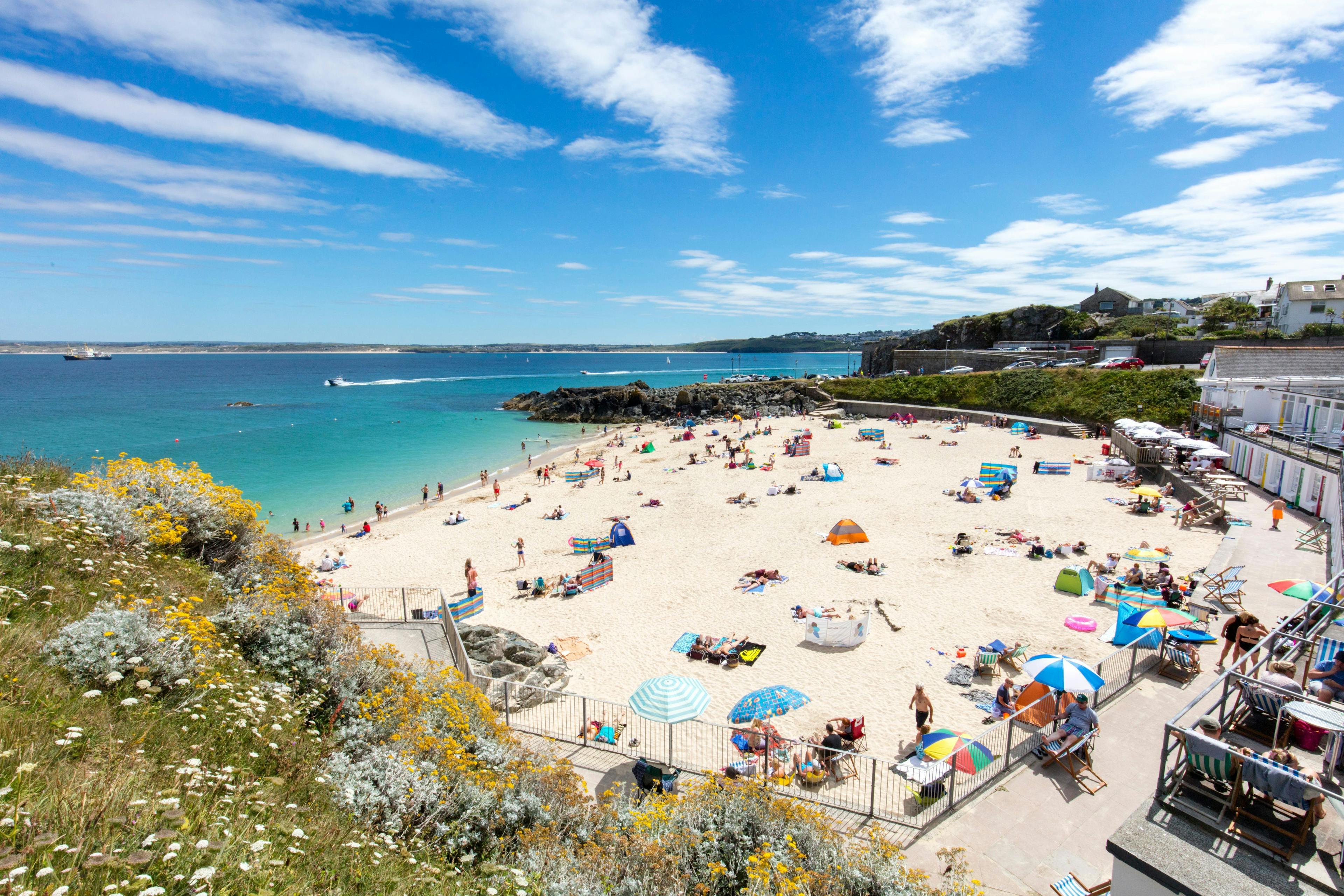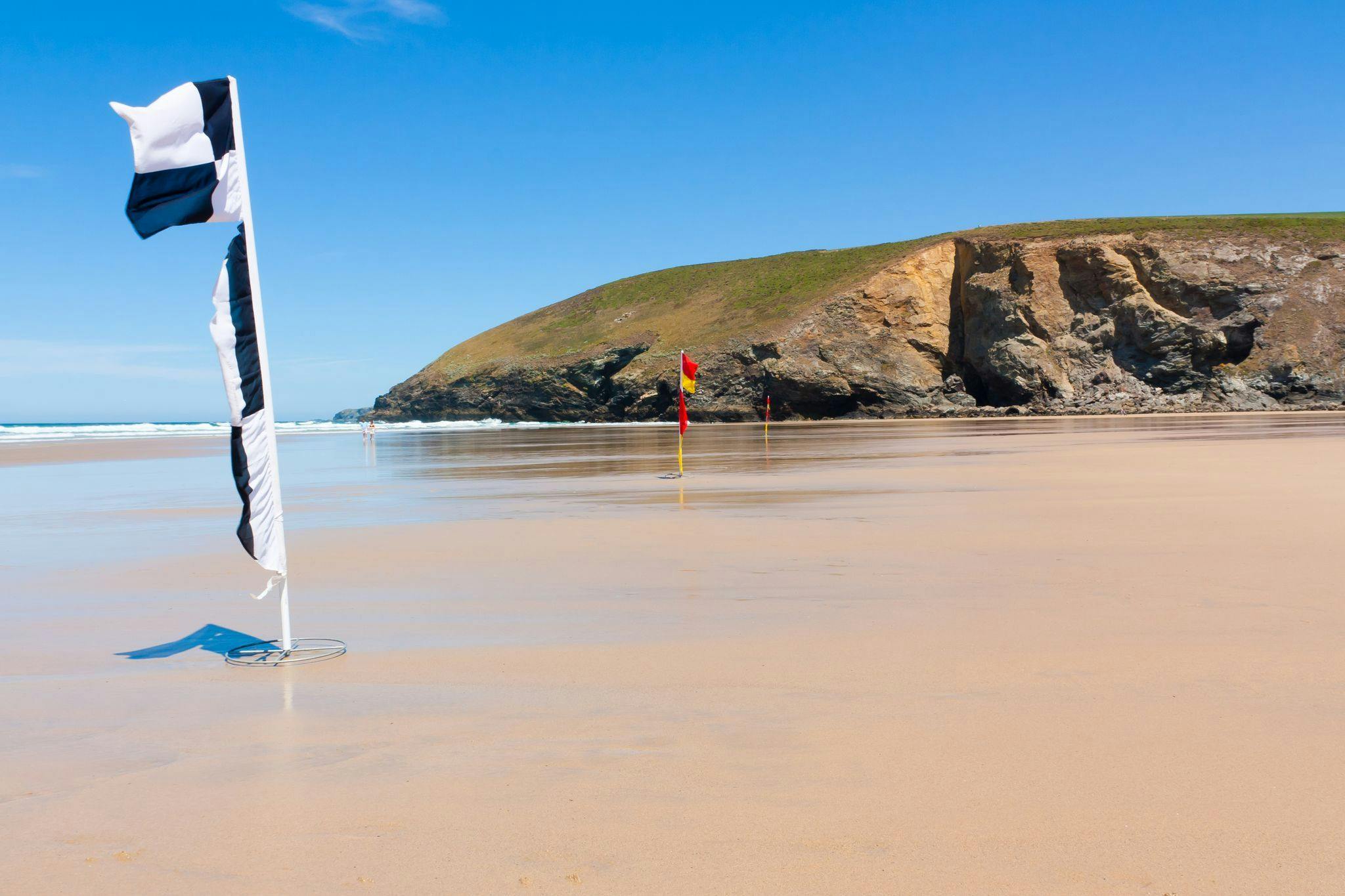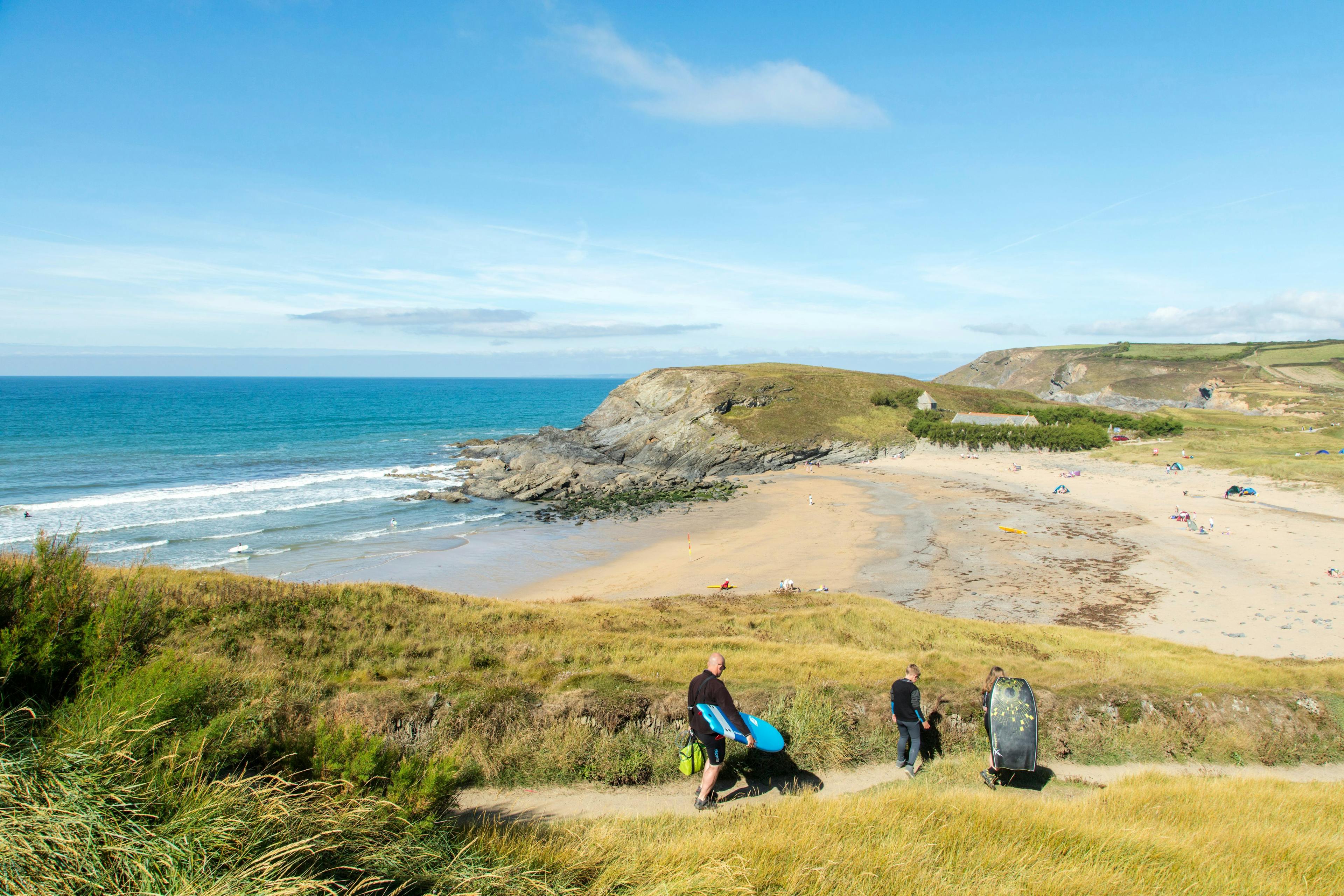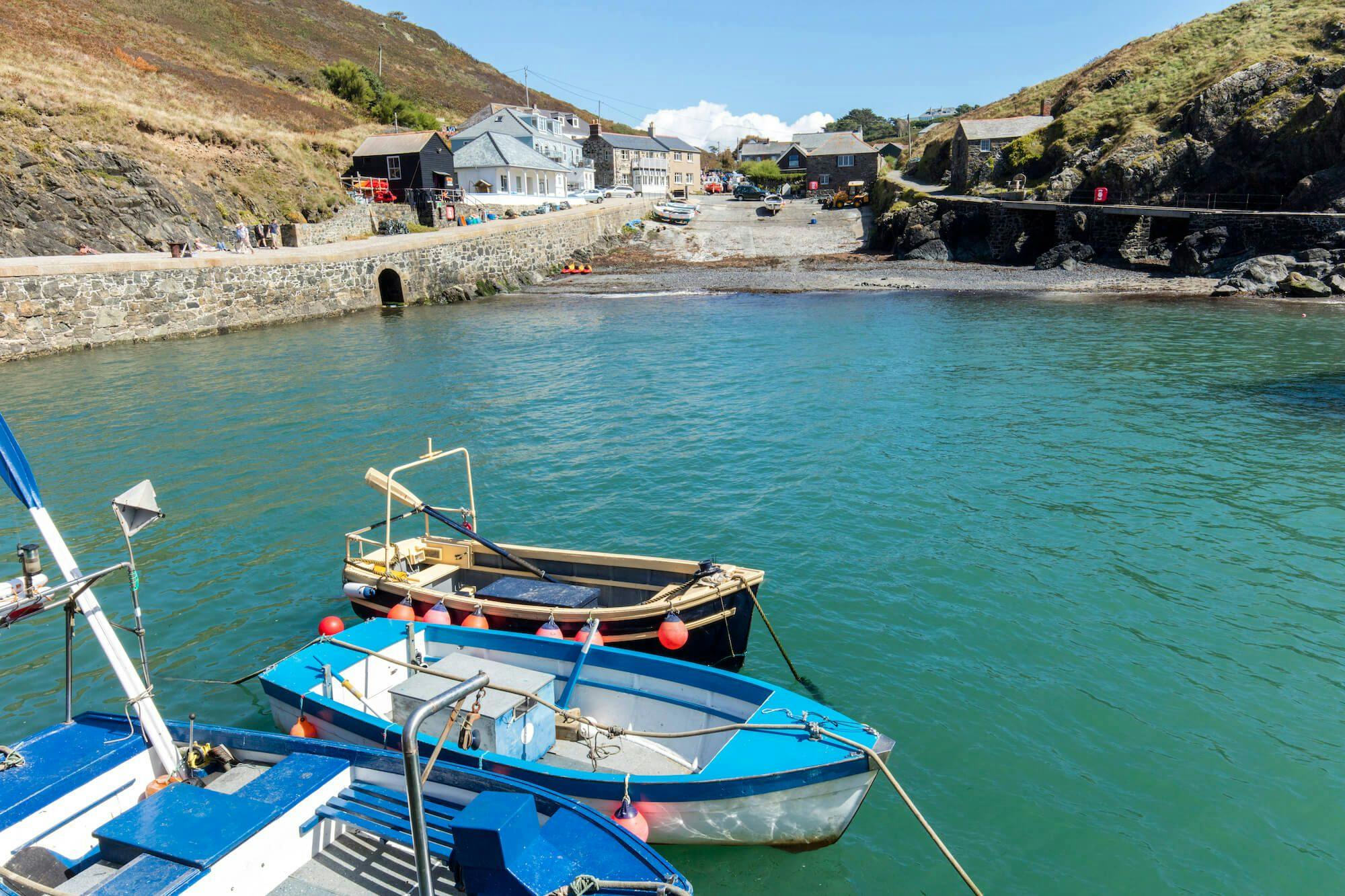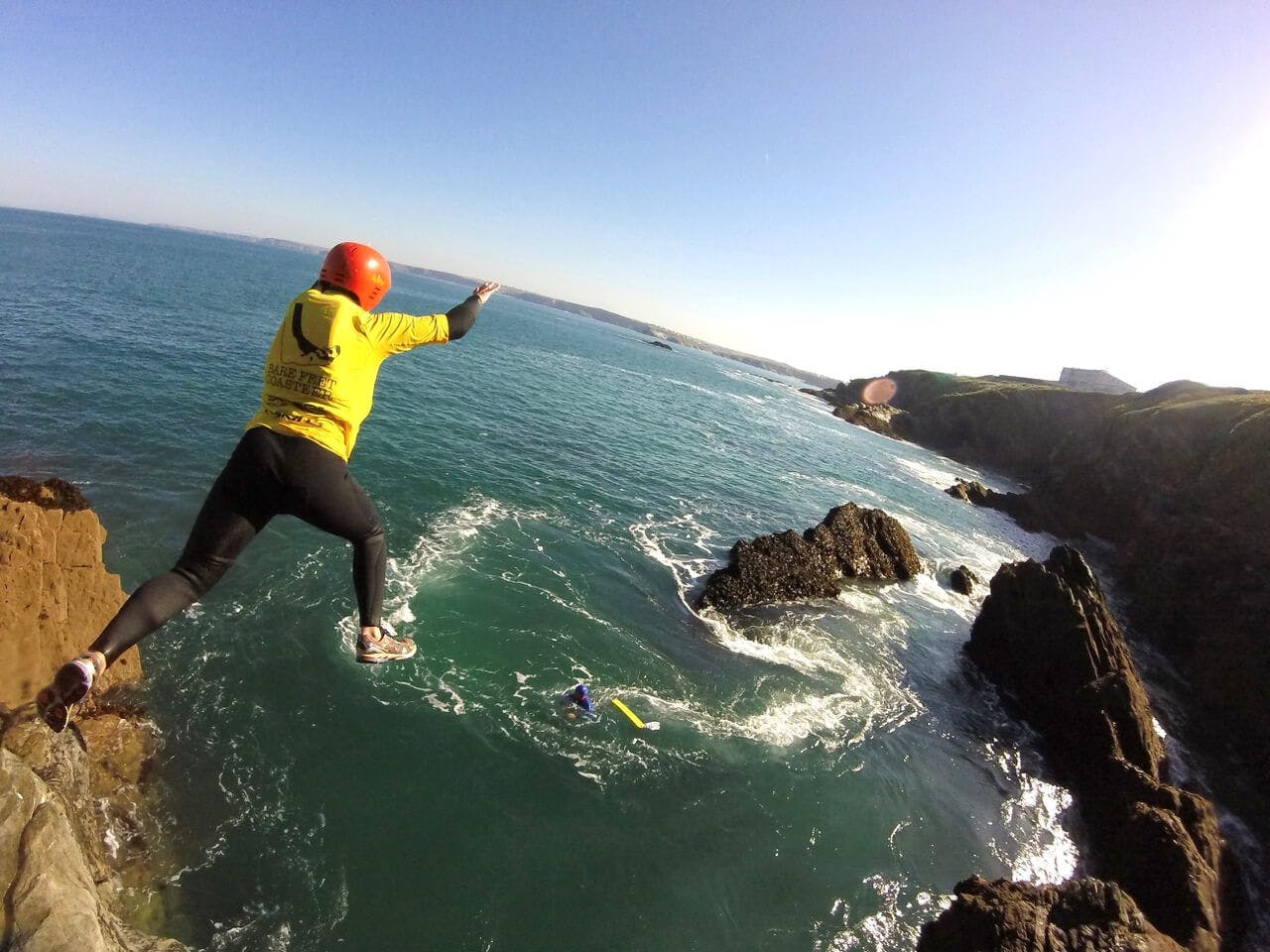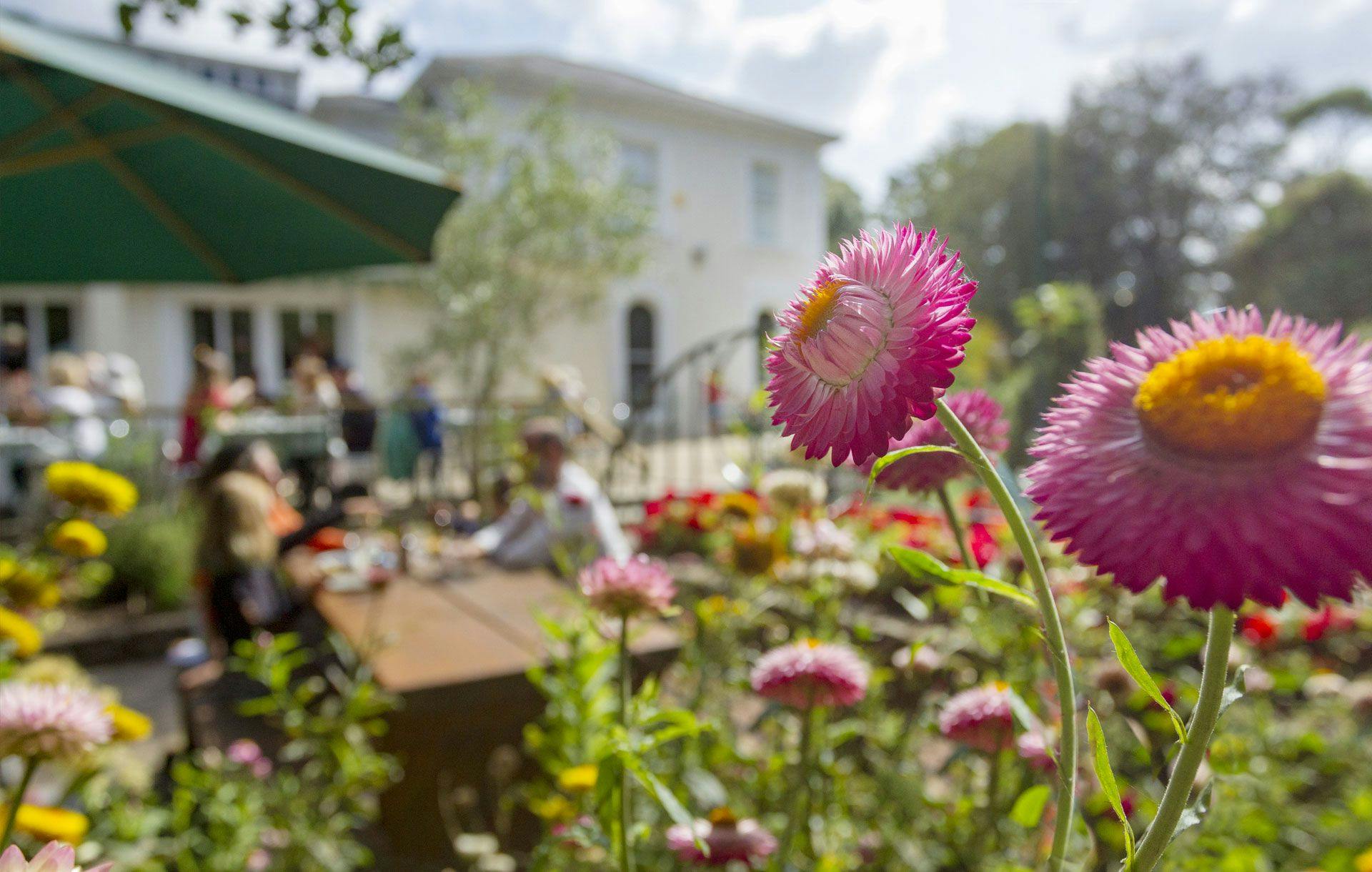Beach Safety
When spending time at the coast, it is important to be aware of the potential dangers.
Please see the following beach safety advice, as recommended by Cornwall Council.
Stay safe around our coast
Beach safety signs are used to inform beach users about: hazards on the beach, prohibited activities, beach lifeguard services and other appropriate local information such as bathing water quality.
Please always read and take note of any signs on the beach you are visiting.
Surfers, swimmers and all watersports enthusiasts should observe the advice of RNLI Lifeguards and carefully read notices at the beach entrances.
Please note that RNLI Lifeguard cover is only provided at around 60 selected beaches in Cornwall during the main lifeguard season from May to September. Find your nearest lifeguarded beach on the RNLI website.
The RNLI suggest these five top-tips to staying safe at the coast:
- Float to Live – If you find yourself struggling in the water, lean back and use your arms and legs to help you float. Once you can control your breathing, call for help or swim to safety.
- Choose a lifeguarded beach - RNLI Lifeguard cover is provided at around 60 selected beaches in Cornwall during the main lifeguard season from May to September. A full list of lifeguarded beaches and the dates of their cover can be found at www.rnli.org
- Know the risks and what to do – Risks can include rip currents, tides, cold water shock and waves. Click here to find out what you can do to minimise risks at the coast.
- Call 999 in an emergency – Make sure when you’re at the coast to have a means of calling for help if needed. In an emergency, call 999 and ask for the coastguard.
- Know your flags – Lifeguarded beaches will have flags to indicate where it is safe to swim, and where it is safe to surf. Always swim between the red and yellow flags. For surfing, stand-up paddleboarding, and other non-powered crafts, go between the black and white chequered flags. If the red flag is flying, the water is dangerous and you should not enter the water under any circumstances.
For more information visit www.rnli.org
Public Rescue Equipment is positioned on many of the beaches in Cornwall and along some stretches of the coastline. This equipment includes life rings and torpedo tubes. These are attached to a length of rope and housed in units that provide information about dangers in the area. If you have concerns about a piece of public rescue equipment being damaged or missing, please report this to Cornwall Council on 0300 1234 202 or by email to countryside@cormacltd.co.uk
When on the beach, always be aware of the tide times. The tide can move quickly and you risk being cut-off by the tide, unable to return the way you came and face the dangers of rocks, cliffs and strong underwater 'rip' currents.
Whilst we all love the sunshine, over-exposure can be dangerous. You can still be sunburnt on a cloudy day, and it is advised to spend time in the shade when the sun is at its strongest. In the UK, this is between 11am and 3pm from March to October.
Make sure you:
- Spend time in the shade during those hours;
- Make sure you don’t burn and apply at least factor 30 sunscreen;
- Cover up with suitable clothing and sunglasses;
- Take extra care with children.
More information can be found on the British Skin Foundation website
Stay connected
Find us on socials and stay connected with the Cornwall you love.
We use cookies to personalise content and ads and to analyse our traffic. You consent to our cookies if you continue to use our website. (Privacy Policy)
